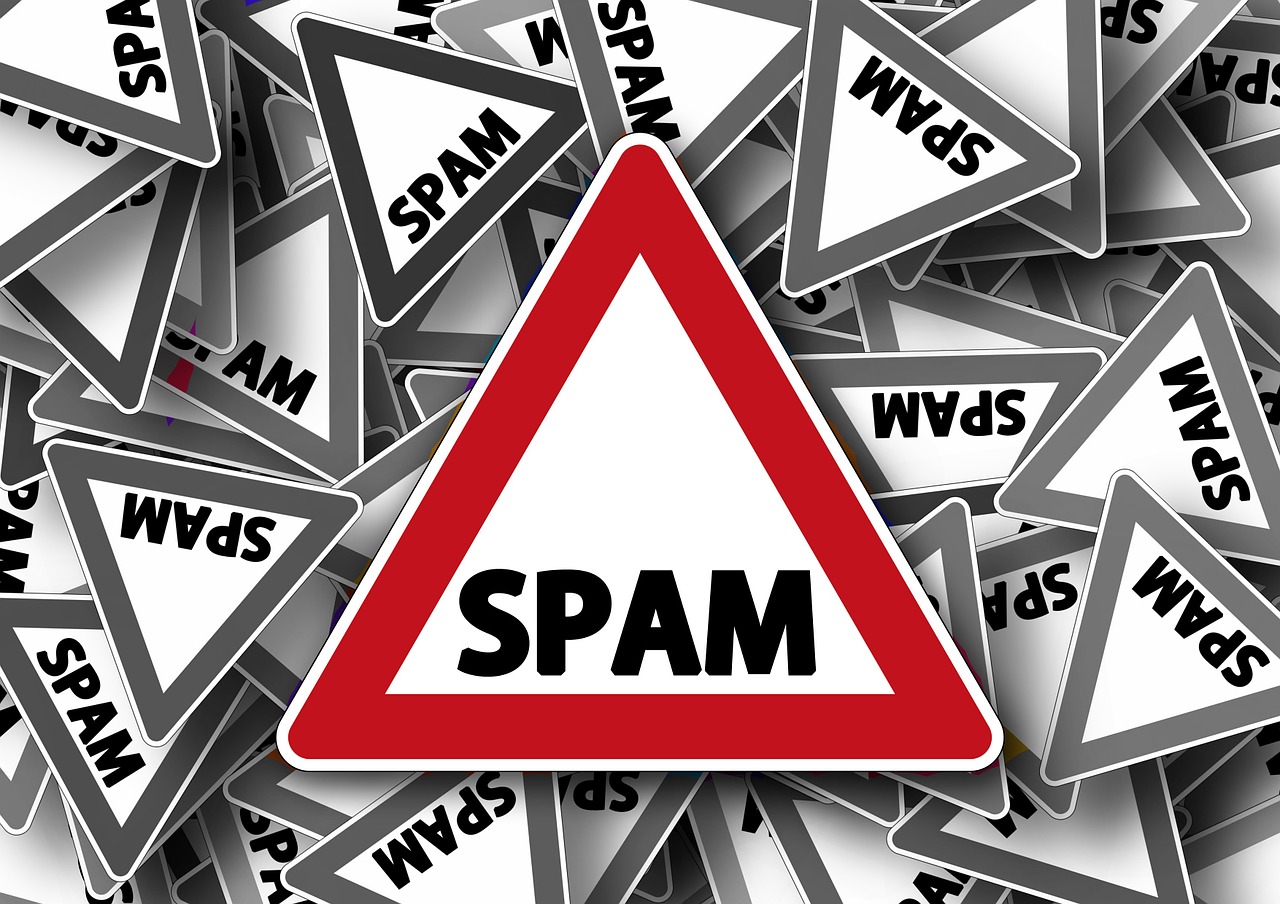Email Security
Email Security solutions are used by organizations to protect their email systems from a wide range of security threats, such as phishing attacks, malware, spam, and other types of malicious content.

The threat of spam emails has become increasingly prevalent in recent years, posing a serious risk to both individuals and businesses. Spam emails are unauthorized advertisements, scams, and malicious emails that often contain phishing attempts, malware, and other types of malicious content.
One of the most significant threats posed by spam emails is phishing attacks. Phishing attacks are designed to trick users into divulging sensitive information, such as usernames, passwords, and financial information. Phishing emails often use social engineering tactics to trick users into clicking on malicious links or downloading attachments that contain malware.
Malware is another major threat posed by spam emails. Malware can be delivered via email attachments or links and can compromise an organization's network and systems. Malware can include viruses, worms, Trojan horses, and ransomware, which can cause significant damage to an organization's data and systems.
Spam emails can also overload users' inboxes, reducing their productivity and making it difficult for them to find important emails. Additionally, spam emails can damage an organization's reputation by making it appear unprofessional and unreliable, which can impact customer trust and loyalty.
To protect against the threat of spam emails, individuals and organizations can take several steps. These include using email security solutions that provide advanced threat protection against spam emails, phishing attacks, and malware. Additionally, individuals and organizations should regularly update software and use access controls, such as two-factor authentication, to prevent unauthorized access to email systems.
In conclusion, spam emails pose a significant threat to individuals and organizations, and can result in data breaches, financial losses, and reputational damage. It is crucial for individuals and organizations to take proactive steps to protect against the threat of spam emails, including using email security solutions, regularly updating software, and implementing access controls. By taking these steps, individuals and organizations can reduce the risk of spam emails and maintain a strong security posture.
Reduce Email Overload
Spam emails can overload users' inboxes, making it difficult for them to find important emails. Anti-SPAM solutions filter out spam emails, reducing the volume of emails that users receive and improving their productivity.
Why use Email Security?
Improve Security
Spam emails can contain malware, phishing links, and other types of malicious content that can compromise the security of an organization's network and systems. Anti-SPAM solutions can block these emails, reducing the risk of security incidents.
Protect Reputation
Spam emails can damage an organization's reputation by making it appear unprofessional and unreliable. Anti-SPAM solutions can prevent spam emails from reaching customers and partners, protecting the organization's reputation.
Compliance
Some industries are required to comply with regulations that mandate the protection of sensitive information. Anti-SPAM solutions can help organizations meet these regulatory requirements by preventing sensitive information from being transmitted via email.
